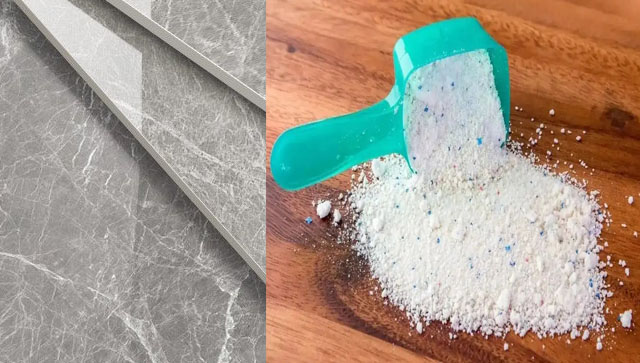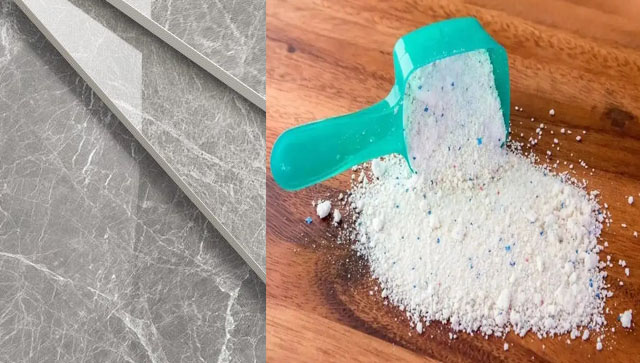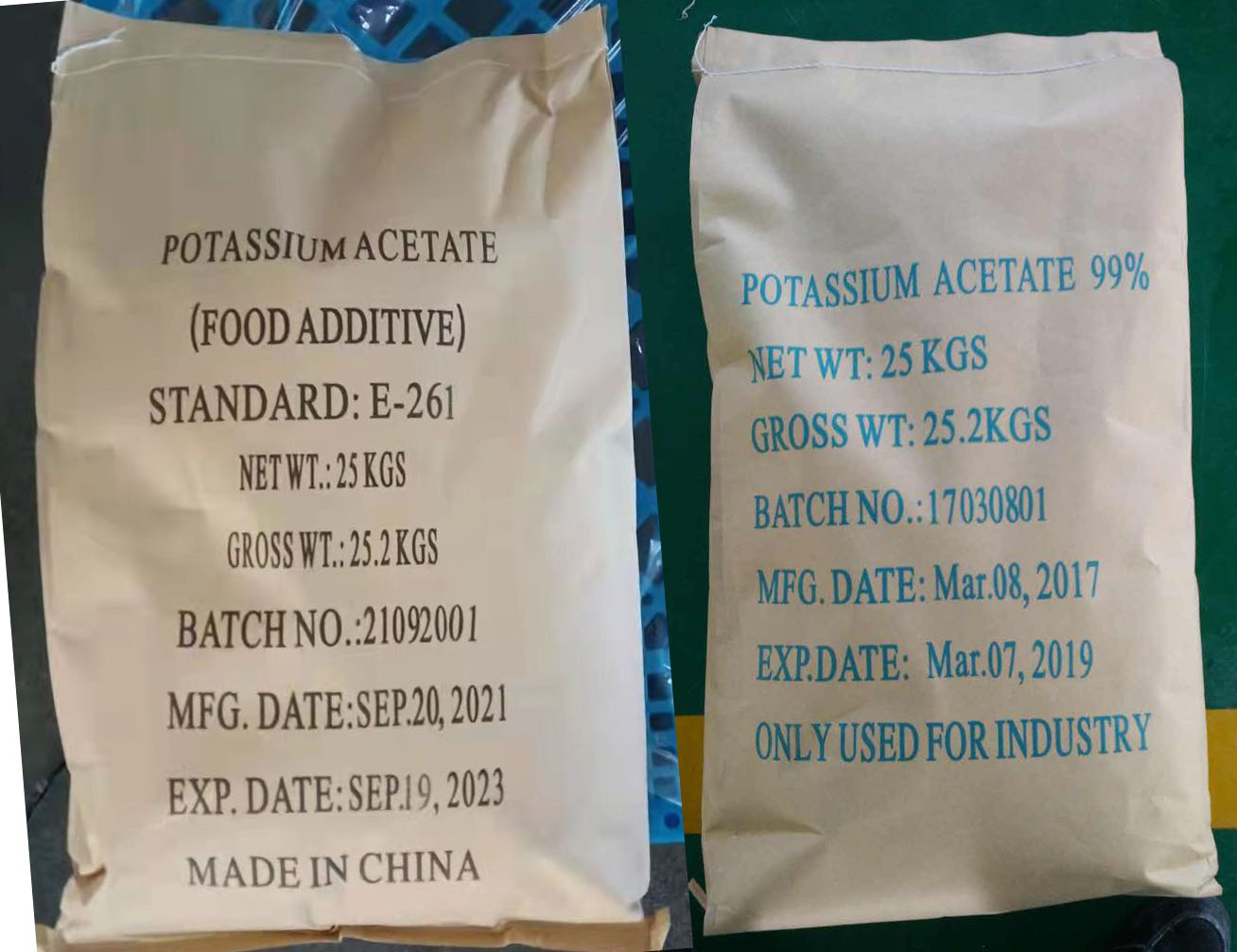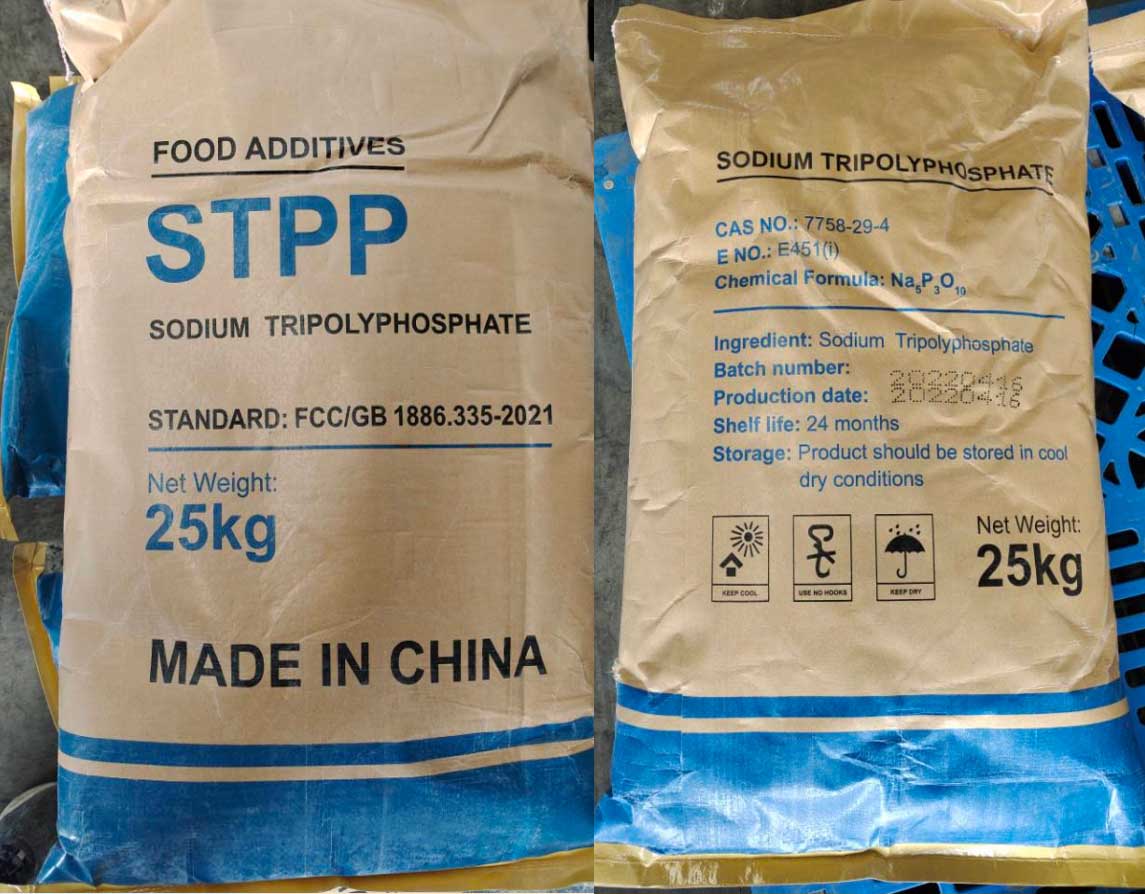Potassium carbonate (K₂CO₃) is a white, water-soluble salt widely used in various industries, including food, glass, pharmaceuticals, and agriculture. It is an alkaline compound with strong hygroscopic properties, meaning it readily absorbs moisture from the air. Historically known as potash, potassium carbonate has been used for centuries in soap making, glass production, and as a food additive.
Applications of Potassium Carbonate (K₂CO₃) across various industries:
1. Food Industry
Used as a leavening agent in baking (e.g., traditional mooncakes, pretzels).
Acts as a pH regulator in cocoa and caramel production.
Used in noodle production to improve texture and elasticity.
2. Glass and Ceramics
Enhances clarity and strength in glass manufacturing.
Used in the production of specialty glasses, such as optical and laboratory glassware.
3. Detergents and Cleaning Products
Works as a water softener in soaps and detergents.
Used in industrial cleaning for removing grease and dirt.
4. Agriculture
Serves as a potassium source in fertilizers.
Helps in pH control for soil conditioning.
5. Pharmaceuticals
Used in cough syrups and effervescent tablets as a buffering agent.
Acts as an alkalizing agent in certain medical formulations.
6. Chemical Industry
Employed in the manufacture of potassium salts.
Used in gas purification to absorb carbon dioxide (CO₂).
Potassium carbonate (K₂CO₃) is used in various food products for specific functional purposes, including as a pH regulator, leavening agent, and texture enhancer. Here are some key food applications:
1. Baked Goods
Pretzels & Crackers: Helps achieve a characteristic brown color and crisp texture.
Mooncakes & Pastries: Used in traditional Chinese baking to improve texture.
2. Noodles & Pasta
Alkaline Noodles (e.g., Ramen, Chinese Egg Noodles, Glass Noodles): Enhances elasticity, chewiness, and yellow color.
3. Cocoa & Chocolate Processing
Dutch-Processed Cocoa: Neutralizes acidity and improves color and flavor.
4. Caramel Production
Helps regulate pH in caramelization, leading to better flavor and consistency.
5. Beverages
Used in some soft drinks and specialty teas to adjust acidity and improve taste.
The production of Potassium Carbonate (K₂CO₃) involves several industrial methods, with the most common being:
1. Reaction of Potassium Hydroxide with Carbon Dioxide (Most Common Method)
Chemical Reaction:
Process:
Potassium hydroxide (KOH) solution is exposed to carbon dioxide (CO₂) gas.
The reaction forms potassium carbonate (K₂CO₃) and water.
The solution is evaporated to obtain solid potassium carbonate crystals.
2. Electrolysis of Potassium Chloride (KCl) Followed by Carbonation
Steps:
Electrolysis of potassium chloride (KCl) produces potassium hydroxide (KOH), hydrogen (H₂), and chlorine (Cl₂).
The KOH is then reacted with CO₂ (as in the first method) to form potassium carbonate.
3. Ash Extraction Method (Traditional Method)
Historically, wood ashes or plant ashes were leached with water to extract potassium compounds.
The solution was evaporated to yield potash, which contains potassium carbonate.
This method is now rarely used in large-scale production.




